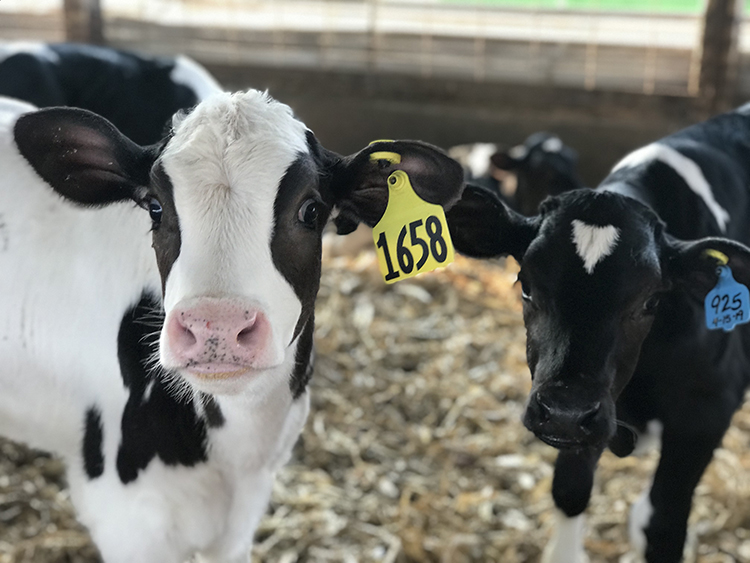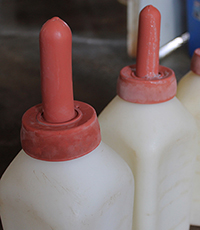
I think we can all agree 2020 has been a little rocky. COVID-19 has transformed what we think of as regular, day-to-day routines into unpredictable days, weeks, and even months. It seems like everywhere I look, people’s lives have changed in one way or another. But, can you guess whose routine hasn’t changed (for the most part, at least)? Farmers — particularly, the routine of a dairy farmer.
It took me leaving home for college to fully realize that the life of a dairy farmer is a beast of its own in terms of having an unwavering schedule. For the first several months of college, I would have a gut feeling every day at 3:30 p.m. that I needed to be doing something in particular — feeding calves. I had never realized how much my internal clock had been set over the years to get moving for evening calf feeding and cow milking at that particular time of day. It had always been part of my day and suddenly wasn’t anymore.

Whether I was sitting in an editing studio, studying in the library, or grabbing coffee with some friends, 3:30 p.m. would hit and I would just have that anxious feeling that I needed to get working. I never fully shook this feeling over multiple years of school and jobs in the city. Fortunately, I’m back on the farm full time now, and that internal clock is finally helpful again.
My family, particularly my dad, always stuck to our chore schedule religiously when I was growing up, and we still do today. We always joke about my dad being a creature of habit and not being able to stray from his schedule. But that’s honestly all of us in some ways — he just happens to be the most severe case.
At most times, I can tell you exactly where my dad is, what he’s doing, and even what he’s eating at any point in the day. We all know when my dad will eat each of his breakfasts (yes, he eats an early morning breakfast of cereal before milking and a second breakfast of eggs and toast around 7:30 a.m.). We can also tell you exactly when the pump will kick on for milkings, what time each group of cows will arrive in the parlor, when he will scrape manure in each shed, that lunch is exactly at noon (seriously, not a minute earlier or later), when he’ll be in the house for a snack, and so much more. It’s gotten to the point of being comical how predictable his routine is.
While my dad’s strict routine may sound a bit crazy to some, I’m guessing most dairy farmers can relate. Dairy farming does not allow for much leeway in scheduling — the cows need to eat and be milked at methodical times each day in order to be happiest and most productive. In essence, the best farmers realize cows thrive on schedules; most farmers adjust their lives in accordance to what is best and most routine for their cows. That sums up my dad’s mindset in a nutshell — everything he does revolves around the herd’s schedule.
I appreciate the sense of normalcy and routine that farming gives our family, especially during this strange time throughout the world. When we’re on the farm, we can continue business-as-usual, which is a luxury most people have momentarily lost.

The author dairy farms with her parents and brother near Hawkeye, Iowa. The family milks approximately 300 head of grade Holstein cows at Windsor Valley Dairy LLC — split half and half between a double-eight parallel milking parlor and two robotic milking units. In the spring of 2020, Molly decided to take a leap and fully embrace her love for the industry by returning full time to her family’s dairy.